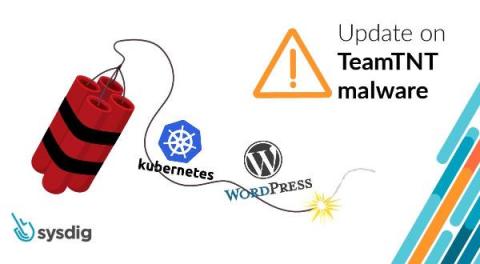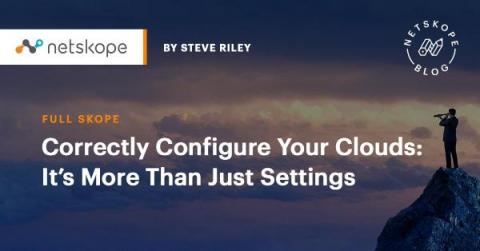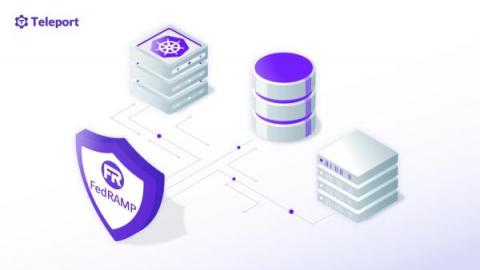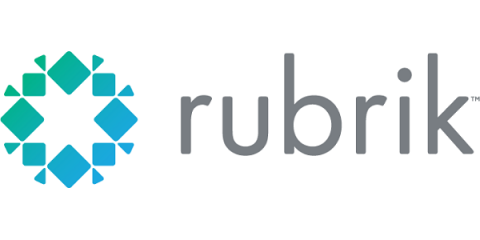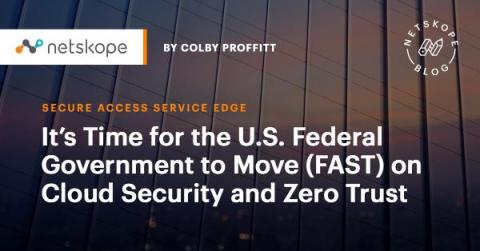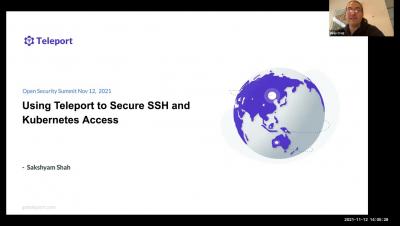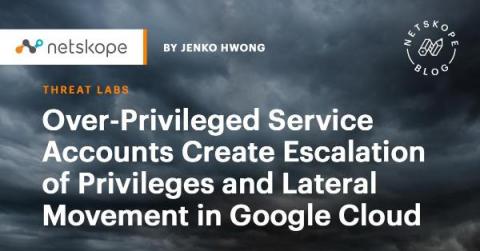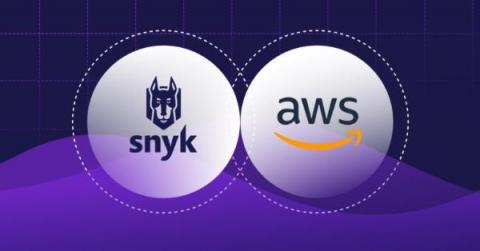Threat news: TeamTNT stealing credentials using EC2 Instance Metadata
The Sysdig Threat Research Team has detected an attack that can be attributed to the TeamTNT. The initial target was a Kubernetes pod exposed outside the network. Once access was gained, the malware attempted to steal AWS credentials using the EC2 instance metadata. TeamTNT is a threat actor that conducts large-scale attacks against virtual and cloud solutions, like Kubernetes and Docker.


